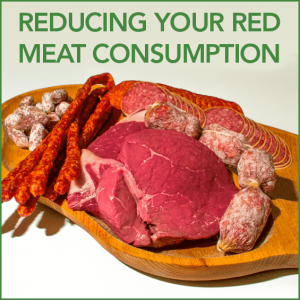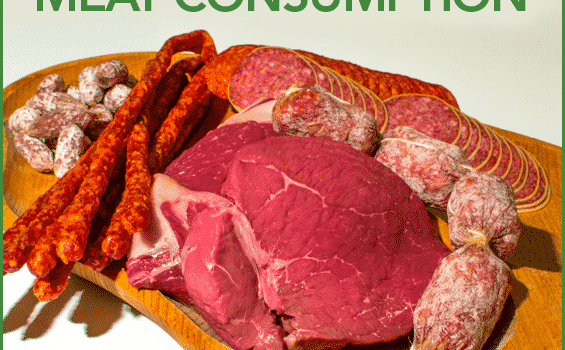
Introduction
Reducing meat consumption isn’t just good for your health; it’s great for your budget. By embracing plant-based meal options, you can save on grocery costs while promoting a balanced diet. In this article, we’ll explore smart strategies for reducing meat consumption and demonstrate how it’s a win-win for both your wallet and your well-being.
The Costs of Meat
Meat can be a significant expense in your grocery budget:
- Higher Price Per Pound: Meat, especially lean cuts, can be expensive. Reducing your meat intake can lead to substantial savings.
- Variety of Plant-Based Options: Plant-based proteins like beans, lentils, and tofu are often more affordable than meat, providing a cost-effective alternative.
- Less Processing Costs: Plant-based foods tend to be minimally processed, which can save you money and reduce the consumption of heavily processed meats.
- Reduced Health Costs: Lowering meat consumption can also lead to long-term savings by reducing the risk of diet-related health issues.

https://gethealthyu.com/wp-content/uploads/2011/06/RedMeat.png
Smart Strategies for Reducing Meat Consumption
Embrace these strategies to reduce meat consumption while saving money:
- Meatless Mondays: Designate one day a week as “Meatless Monday.” Use it as an opportunity to explore plant-based meals and discover cost-effective alternatives.
- Vegetarian Proteins: Incorporate more beans, lentils, chickpeas, and tofu into your diet. These plant-based proteins are affordable and nutritious.
- Stretch Meat Portions: When using meat in recipes, aim to stretch it by adding more vegetables, grains, or legumes. This reduces your per-serving cost.
- Plant-Based Staples: Stock your pantry with plant-based staples like canned tomatoes, rice, pasta, and a variety of spices. These items can form the foundation of budget-friendly meals.
Balanced Plant-Based Meals
Creating balanced plant-based meals is key to maintaining health and saving money:
- Nutrient Diversity: Ensure your plant-based meals include a variety of nutrients, like protein, fiber, vitamins, and minerals. Explore different vegetables, legumes, and grains to maximize your nutrient intake.
- Portion Control: Pay attention to portion sizes, especially when including foods like nuts and seeds, which can be calorie-dense. Use them as accents rather than main components.
- Experiment with Recipes: Don’t be afraid to experiment with new recipes. Explore cuisines from around the world to discover flavorful plant-based dishes.
- Homemade Convenience: Prepare plant-based meals at home. Homemade versions are often more cost-effective and healthier than store-bought options.
Meal Planning and Batch Cooking
Meal planning is your ally in reducing meat consumption:
- Plan Plant-Based Days: Include meatless days in your meal plan. This ensures you have the necessary ingredients on hand.
- Batch Cooking: Prepare larger batches of plant-based dishes and freeze portions for future meals. It saves time and money.
- Creative Leftovers: Get creative with plant-based leftovers. Transform yesterday’s vegetable stir-fry into a flavorful wrap or salad.
- Budget-Friendly Snacking: Keep budget-friendly plant-based snacks on hand, such as whole fruits, vegetables, and homemade granola bars.

https://www.bellybelly.com.au/wp-content/uploads/2020/11/meal-planning.jpg
Conclusion
Reducing meat consumption is not only cost-effective but also a health-conscious choice. By embracing plant-based meal options, you can save on groceries while promoting a balanced diet that’s good for both your wallet and your well-being. With smart strategies, balanced plant-based meals, and meal planning, you’ll find that meatless days can be both delicious and economical. It’s a win-win for your budget and your health.










